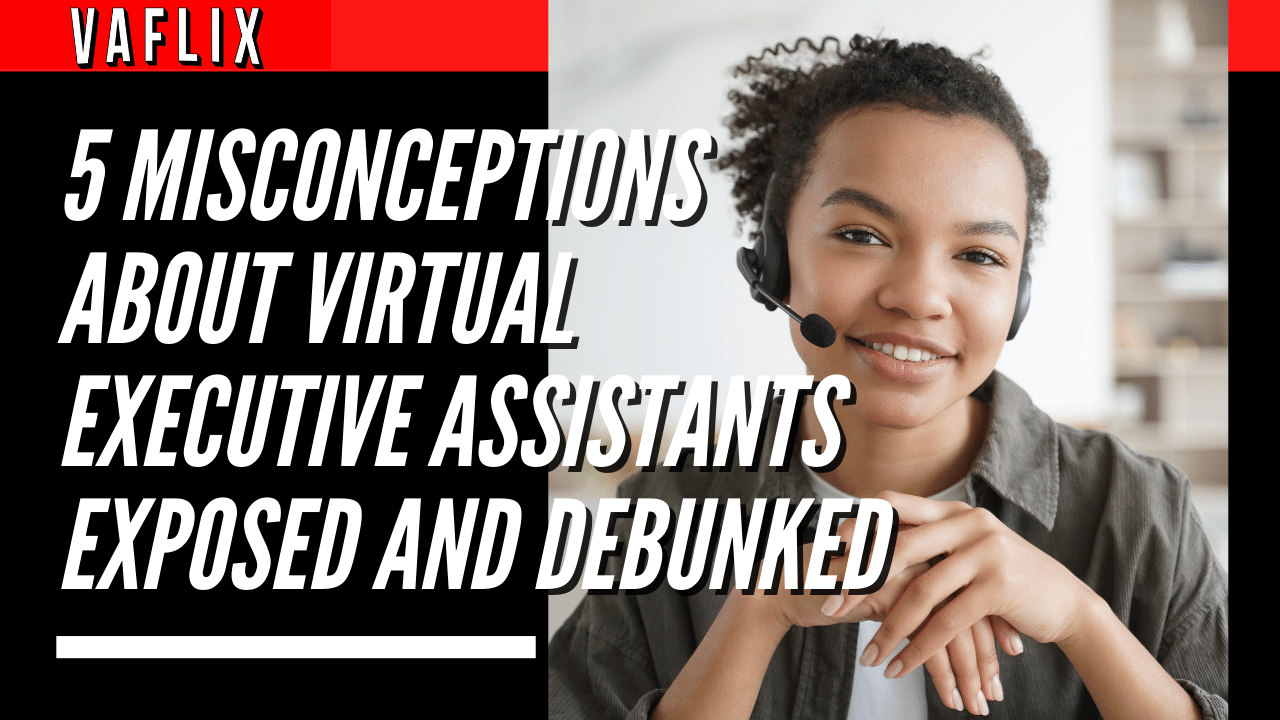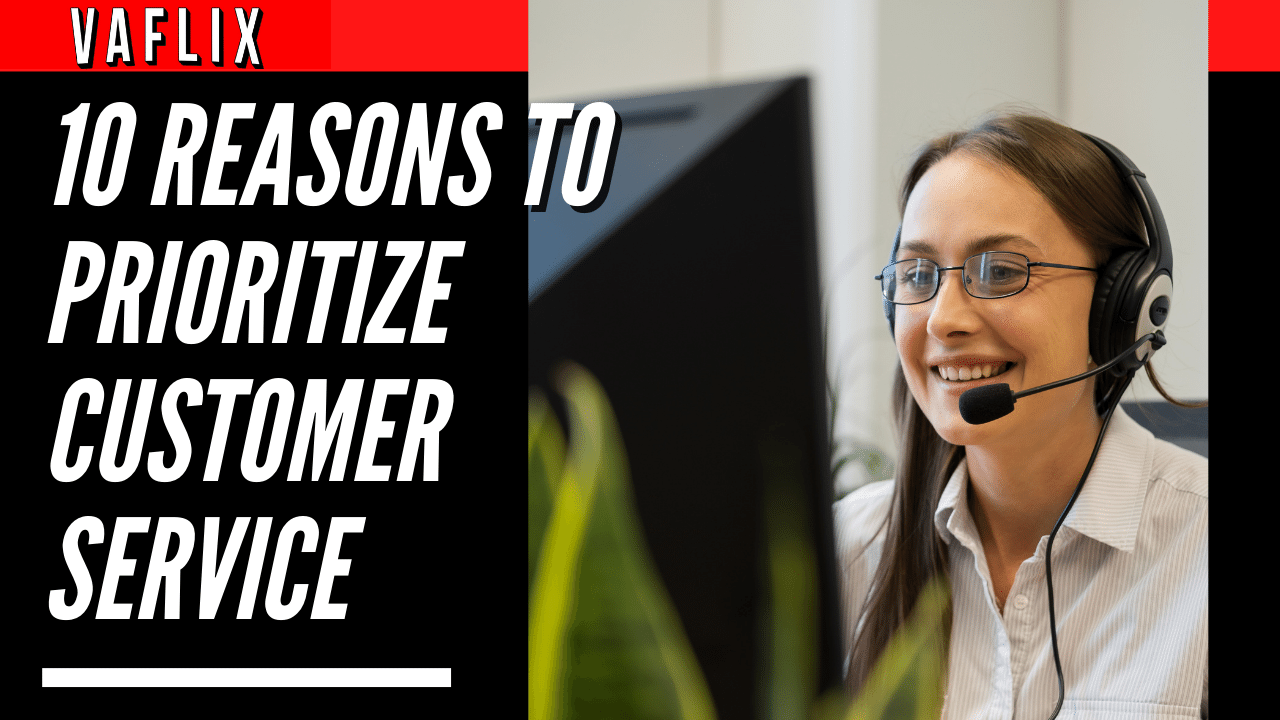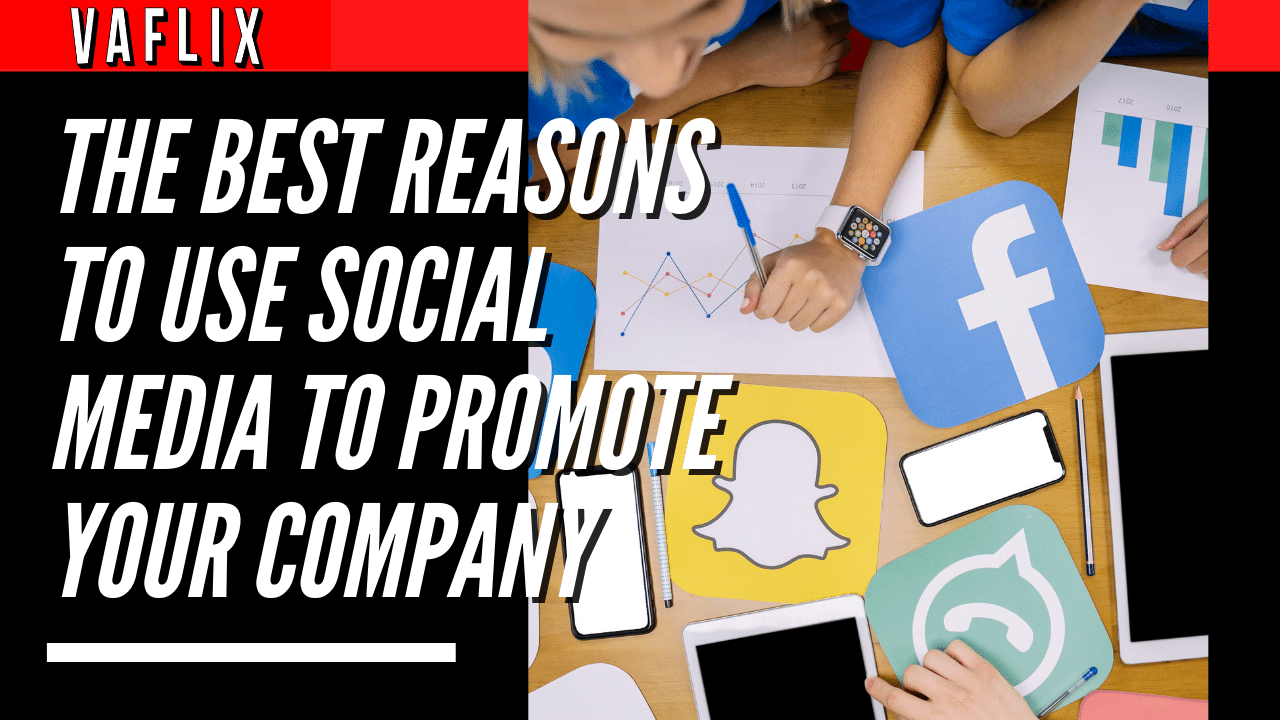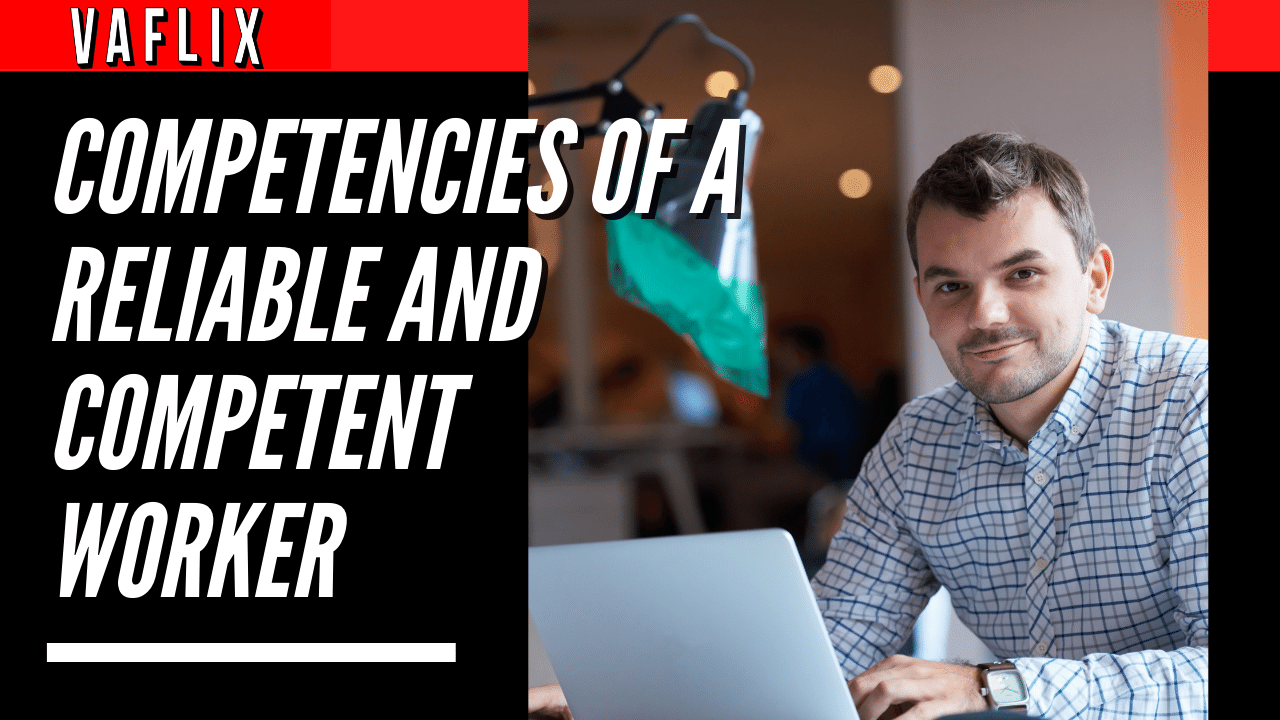5 Misconceptions About Virtual Executive Assistants Exposed and Debunked
Thinking of Hiring a Virtual Assistant?
The market share of software for virtual executive assistants climbed by 41% in 2020, and analysts anticipate that this upward trend will go on. Businesses are tapping into a worldwide supply of college-educated, English-speaking teammates from places of the globe where talent is abundant but significant job prospects are few. These colleagues come from countries such as the United Kingdom, Australia, and the United States. This tendency is being pushed by a scarcity of conventional administrative assistants as well as an openness to working remotely that was established as a result of the epidemic.
According to Staffing Sector Analysts’ first-ever study of the industry, “The Virtual Assistant market has been overlooked and under-researched (by SIA and others) up until this point.” Nevertheless, it is a significant and rapidly expanding component of the contingent labor supply. According to the study, the following “Despite the fact that the sector was formerly considered to be rather specialized, it is now well-established with more than 170 suppliers located all over the globe and is set to benefit from strong secular economic trends.”
The market for virtual assistants has not been the subject of nearly enough research, which has led to the development of a great deal of misinformation. Companies that began providing remote executive assistant services seem to function much differently from ones that were launched 20 years ago. You will be taken aback to learn that the sector has progressed from being controlled by nomadic freelancers to delivering sophisticated professional services. This is a recent development that will come as a surprise to you.
Myth #1: Virtual Assistants are for Solopreneurs and Small Businesses
We will forgive you for falling for this urban legend. In his book “The 4-Hour Work Week,” Tim Ferriss popularized the concept of using a virtual assistant for the first time. In his book, Ferriss explains how he started and managed a nutritional supplement company while simultaneously touring the world and working the shortest work week in the history of the planet. The employment of virtual assistants became widespread when sole proprietors began recruiting low-priced independent contractors in Asia and Latin America.
The delivery of individual employees to small and medium-sized enterprise customers is the most common way to describe the Virtual Assistant market, according to SIA. Nevertheless, “a number of VA enterprises have not failed to see the possibility of offering more enterprise-strength services to bigger organizations.”
It is not only companies that offer virtual assistant services that have seen the potential in the business world. The adoption of managed virtual assistant services as a means of providing assistance for executive teams is being driven mostly by the enterprises themselves. Managed service providers have become the de facto executive administrative staffing option as a result of their ability to recruit, train, and manage teams of assistants for major firms. To guarantee that continuing training and continuity are met, the assistants work together in teams with the managers and backup assistants.
Myth #2: Virtual Assistants Are Uneducated and Don’t Speak English Well
The experiences that individuals have had working in contact centers for customer support have shaped the way that a lot of people think about offshore workers. In such centers, employees have to struggle to interact with people who have thick accents and deliver rehearsed replies to inquiries. This is a frustrating experience, but it is not one that you will have if you use a professional virtual assistant service.
Having said that, not every worker overseas will have the same level of education, business savvy, or fluency with the English language. Another reason businesses, particularly larger ones that staff dozens of executive assistants, use managed virtual assistant services is that the service provider screens for education, English proficiency, professionalism, business skills, and potential for growth. This is especially important for companies that employ dozens of executive assistants.
Managed service providers such as VA FLIX attract some of the most ambitious people in the business process outsourcing sector. These employees are looking to move away from the most common function in the industry, which is working in customer care contact centers. These call centers have an employee turnover rate of fifty percent. The phrase “lack of job satisfaction” is cited as the primary motivation for employees leaving contact centers. Instead of spending the entire day fielding calls from unknown callers, BPO employees may be interested in becoming virtual assistants because this role offers long-term work with individual executives, the opportunity to build relationships, and assistance in finding solutions to business challenges.
Myth #3: You Need a Full-Time Virtual Assistant
For many generations, the executive assistant was a constant presence in the workplace, either in the reception area or next to the boss’s office. Because someone needed to be present during normal business hours, the administrative role was almost always required to be a full-time position. Responsibilities such as welcoming customers, answering the phone, opening and delivering mail, organizing appointments, and doing general office administration duties were typical.
The majority of these responsibilities have been eliminated as voicemail, text messaging, and email have taken the place of telephone calls, while productivity technologies such as CRM have automated formerly manual activities. Because everyone was ordered to work from home, every administrative assistant became a virtual assistant when the offices were cleared away. Because of this transformation, chances for new jobs and responsibilities have become available. Even the need for a conventional executive assistant to work in the office for the whole day was eliminated, and many CEOs discovered that their helpers were able to do more in a shorter amount of time.
According to the findings of a number of studies, CEOs spend around 30–40 percent of their time on administrative responsibilities. That is equivalent to around one-third of a full-time employee’s hours. Some of the most time-consuming jobs that, although vital, do not need to be done by an executive may now be delegated to remote executive assistants thanks to the proliferation of digital technologies. The following types of tasks are often allocated to virtual assistants:
Management of one’s calendar: the process of setting up a business appointment takes around twenty-five minutes. When you consider that over the course of a week full of meetings, the amount of time quickly mounts up.
The planning of a door-to-door business trip requires a full day’s worth of effort to organize. It is possible for an assistant to do research on the available choices and provide them for a prompt conclusion.
Myth #4: Virtual Assistants Can’t Do Everything an In-Person Assistant Can Do
This myth is genuine in certain respects. You are unable to do administrative activities from the past, such as making coffee, cleaning the break room, or delivering snail mail, online. But with the average income of an executive assistant coming in at close to $60,000 per year (before perks), that is one pricey cup of coffee!
When compared to what a devoted part-time assistant working remotely can do, the advantages of employing a local assistant are outweighed by the potential downsides of doing so. The amount of time and money invested comes first.
- Hiring an executive assistant takes 33 days (LinkedIn).
- It takes another 90 days to onboard a new assistant (C-suite Assistants).
- Half of the executive assistants quit after a year (Zippia).
You will be in a perpetual state of disruption if you invest the time and money to seek, employ, and onboard an assistant only to have that individual quit a few months after they have started working for you.
A remote assistant is capable of carrying out the primary obligations that are often given to them by executives. These responsibilities include the following.
- Calendar management.
- Travel planning.
- Expense accounts.
- CRM data management.
- Email organization.
Myth #5: All Virtual Assistants are the Same
One of the most effective rebuttals to the notion that all virtual assistants are the same is to point out that, in all likelihood, the reverse is true. There is no virtual assistant that is identical to any other. This fallacy is perpetuated by businesses who provide virtual assistant services at reduced rates in the hope of attracting more customers.
There are three categories of virtual executive assistants, and they are as follows:
- Freelancers you hire freelancers from a marketplace or job board.
- Independent contractors you hire an independent contractor through an agency.
- Managed service providers are those where you hire a company that hires, trains, and supervises your dedicated assistant.
Freelancers are the virtual assistant option with the lowest cost but the most risk. You will need to make time to draft a job description, gather resumes, conduct interviews, choose a candidate, and bring them on board as an assistant. Verifying one’s credentials might be a difficult task, and the quality control is in your hands.
When you recruit independent contractors via an agency, the cost of doing so increases, but the risk of doing so decreases. This is because the agency assesses the virtual assistants and certifies their expertise and qualifications. The price is greater since the agency has a fee that it must collect. You are still accountable for training as well as managing people’s performances.
Managed virtual assistant services employ the virtual assistants themselves, then educate them in the most effective methods for executive assistants, and then place them on a team together with other assistants, managers, and backup assistants to assure their continued development and advancement. The service provider is responsible for training, managing employee performance, and quality control.
The managed service virtual assistant model offers a number of important benefits, two of the most important of which are security and scalability. Employees of service providers known as virtual assistants undergo background checks and operate in facilities, computers, and networks that are protected from unauthorized access. As a result of the fact that the service provider has hundreds of people all educated in the same best practices, it is simple to scale and construct cohorts that serve whole executive teams.
Virtual assistants who are self-employed and operate from home use their own computers and network connections to do their tasks. It might be difficult to properly staff an executive team if one assistant is hired at a time using these strategies.



















